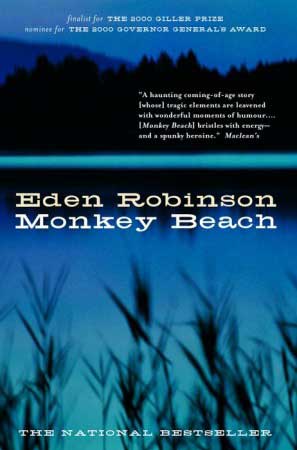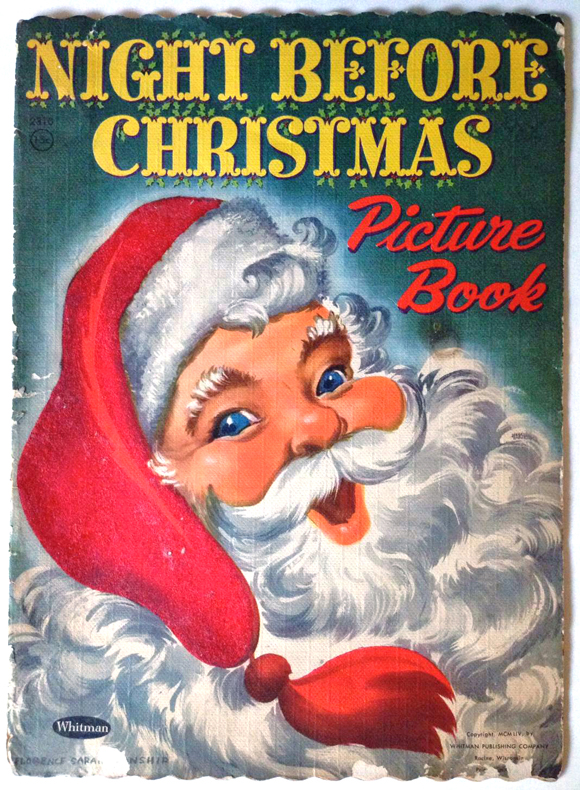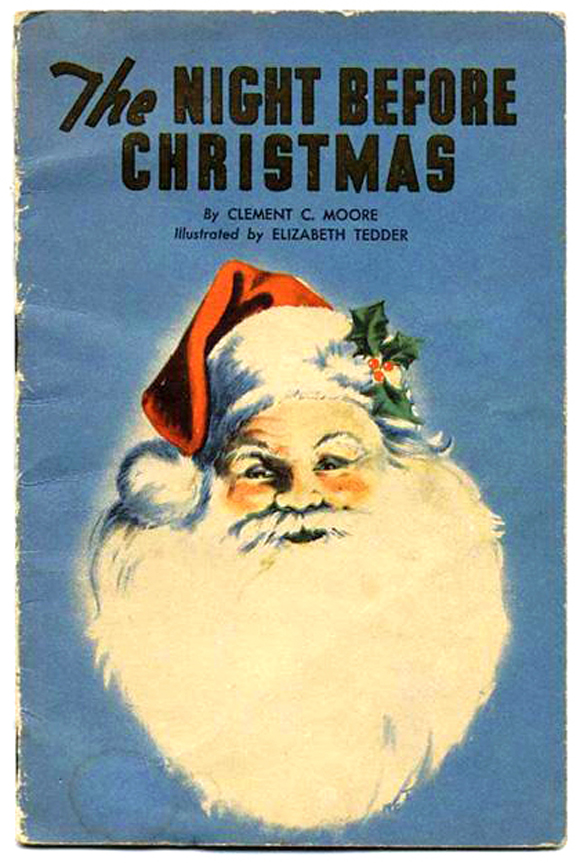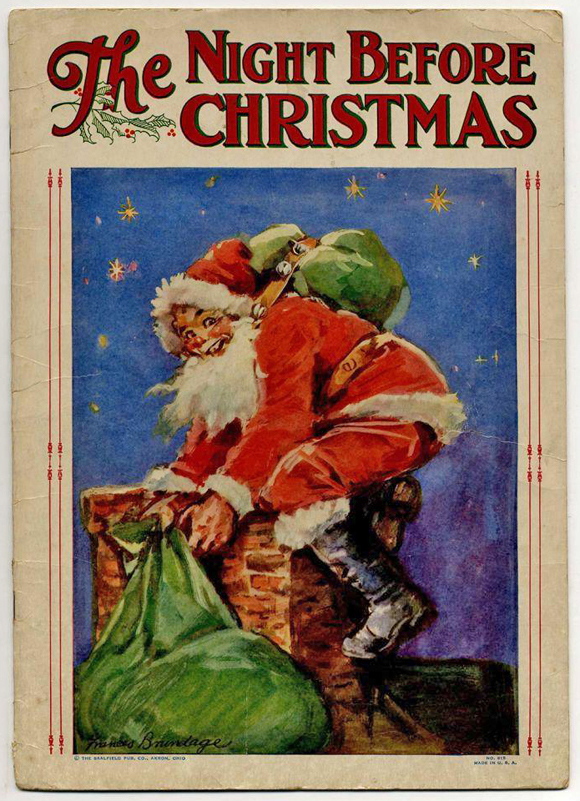Oxford Junior Dictionary Says: Goodbye Apricot, Acorn, Holly, Hamster
 Interesting and distressing read on the Melville House web site this morning. It seems that since 2007, Oxford University Press have been quietly making some editorial changes to the Oxford Junior Dictionary that have a group of authors up in arms.
Interesting and distressing read on the Melville House web site this morning. It seems that since 2007, Oxford University Press have been quietly making some editorial changes to the Oxford Junior Dictionary that have a group of authors up in arms.
Nature-associated words such as almond, blackberry, crocus, hamster, gerbil, ferret, goldfish and similar have been edged out of the publication in favor of words the OUP feel more relevant to today’s early childhood education. The new additions include words such as broadband, blog, chatroom, block graph and more in that vein.
The 28 authors – including Canadian literacy champion Margaret Atwood – are appealing via a January 12th letter to have Oxford University Press reverse their decision, reinstating the removed words in subsequent editions. The full text of the letter can be read on naturemusicpoetry.com. The crux, to my mind, is the snippet I’ve posted here:
“In all, the names for thirty species of common or important British plants and animals have been removed – such as acorn and bluebell – along with many words connected with farming and food. Many are highly symbolic of our cultural ties with the land, its wildlife and produce.
This is what the National Trust says in their Natural Childhood campaign:
“Every child should have the right to connect with nature. To go exploring, sploshing, climbing, and rolling in the outdoors, creating memories that’ll last a lifetime. Their list of 50 things to do before you’re 11 ¾ includes many for which the OJD once had words, but no longer: like playing conkers,
picking blackberries, various trees to climb, minnows to catch in a net and so on.”
I realize it’s unrealistic now to cling to visions of childhood painted as long days gamboling about in the forest, overturning mushrooms to catch salamaders, or wandering through meadows learning birdcalls and wildflowers, or watching tidepools teeming with life at the beach. Those days, for most children, are the exception, not the rule. But they are important, and they are part of our world, and the loss of that would be profound.
If OUP refuse to listen to the impassioned plea from these authors, perhaps they would listen to parents. We are not willing to let our children live exclusively indoors, and not willing to let hard, manmade light and surfaces define their constant environment. We know in our bones and our very spirits that our children need to be outside, with grass-stained knees and their hands in the dirt, learning what the world is made of. A snippet of proof: there is a school here, in our city of Victoria, BC, which offers a nature-based kindergarten program, promising to have kids spending days outside, rain or shine, learning in nature. Last week, beginning Friday night, parents lined up and camped out, some for days, to ensure their child received a spot in the program.
I very much hope the OUP will hear these authors, and give the children back the words they need. It’s extremely hard to favor pragmatism and practicality over preciousness where our children are involved, particularly when it involves the arena in which we lovingly store our own nostalgia, and our desire for our children to experience the same sweetness, freedom and meaningful experiences that we did.
Even when I am briefly able to set aside my love of language and absolutely unshakeable belief in its crucial importance, however; even when I am able to see past my revulsion at what-is-the-world-coming-to, I simply can’t see why, at worst, these words can’t co-exist together peacefully in the pages of the first reference book small hands might ever encounter. Our world is changing, and there’s no getting away from that, and no denying it, whether you see it as a positive, a negative, or a muddied grey area full of wonder and loss. But certainly, we owe it to our kids to preserve what is and what was, and show it to them. There must be a place both for bluebells and broadband, to let our children’s minds marvel at what the world wonderfully, perfectly created without us and before us, and what we, as human beings, have been able to bring forth since.





















